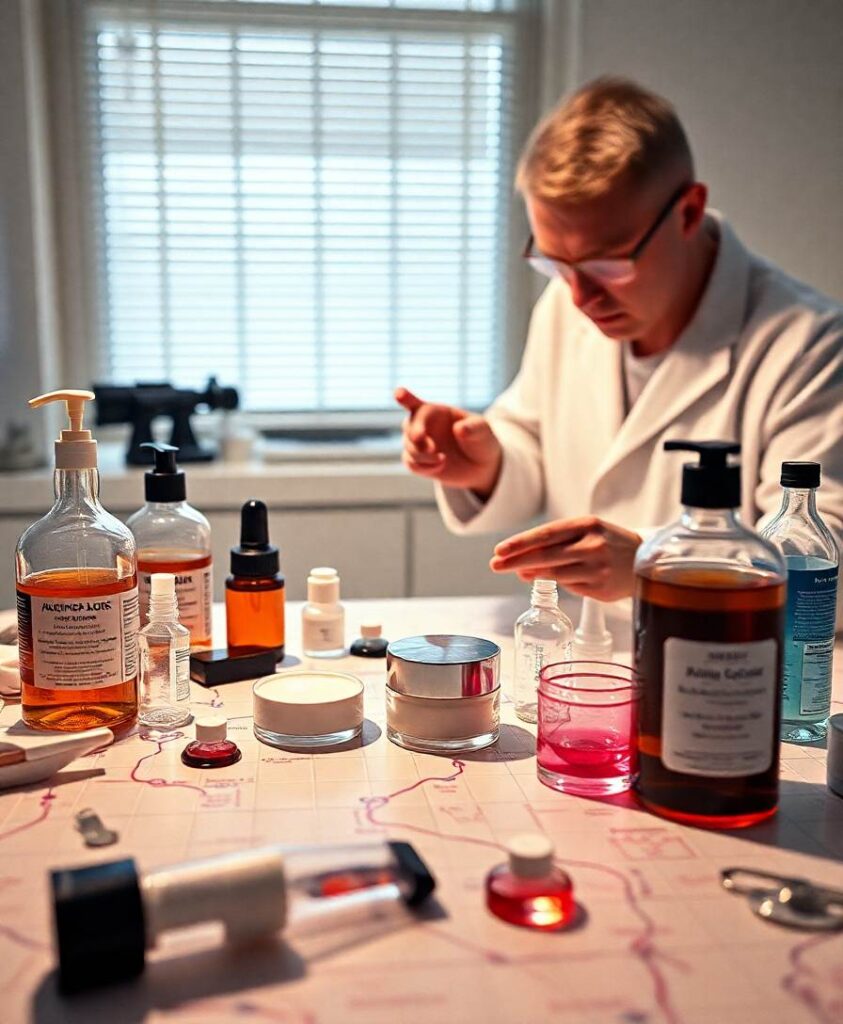The emerging research on exercise and cellular aging feels like a powerful validation of traditional wellness practices. When we move with purpose and consistency, we’re not merely burning calories or building muscle. We’re actively communicating with our cellular infrastructure, sending signals that can potentially reset aging markers and enhance overall physiological resilience.

Understanding how targeted exercise interventions can interact with our DNA methylation patterns represents an exciting frontier in human potential research. For communities like mine, where health disparities often create challenging generational patterns, this science offers hope—suggesting we have more agency in our biological aging process than previously believed. The invitation here is to see movement not as a chore, but as a sophisticated communication system between our intentions and our cellular intelligence.
New research suggests that exercise may not just make us feel younger—it could actually slow or even reverse the body’s molecular clock. By looking at DNA markers of aging, scientists found that structured exercise like aerobic and strength training has stronger anti-aging effects than casual activity. Evidence from both mice and humans shows measurable reductions in biological age, with benefits reaching beyond muscles to the heart, liver, fat tissue, and gut.



